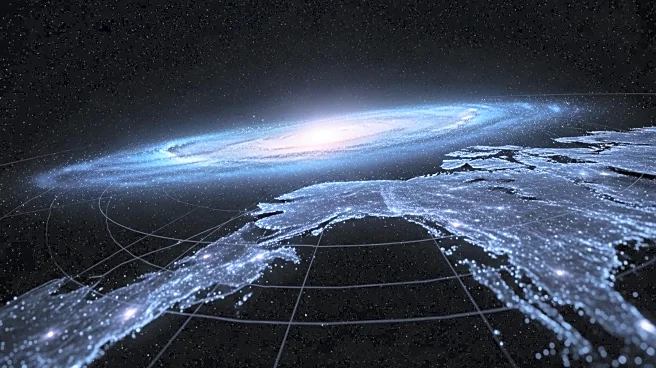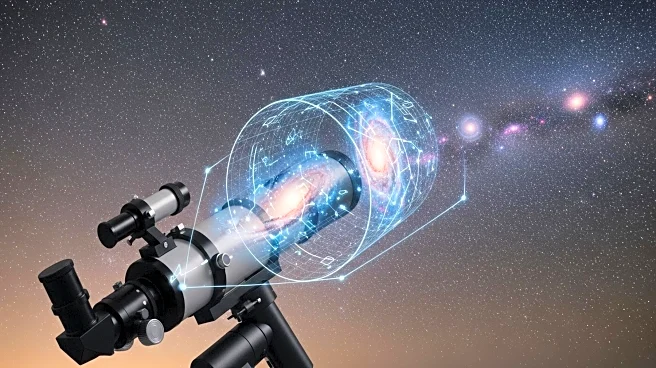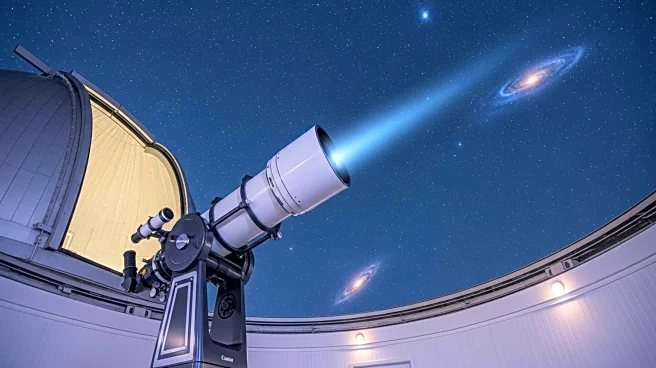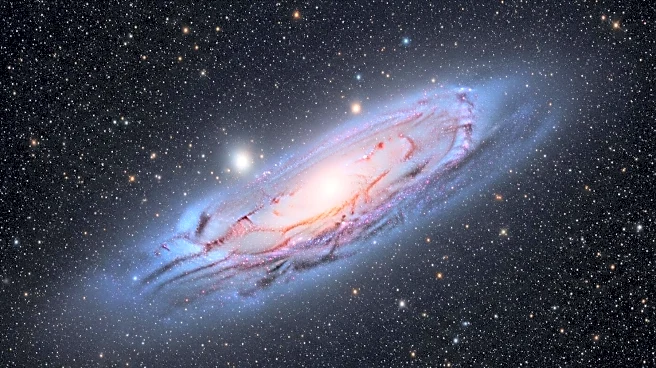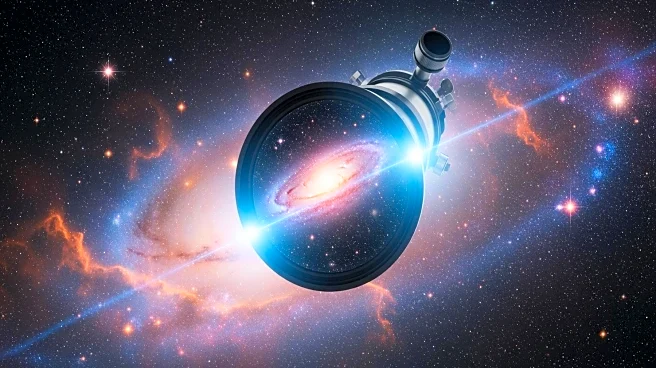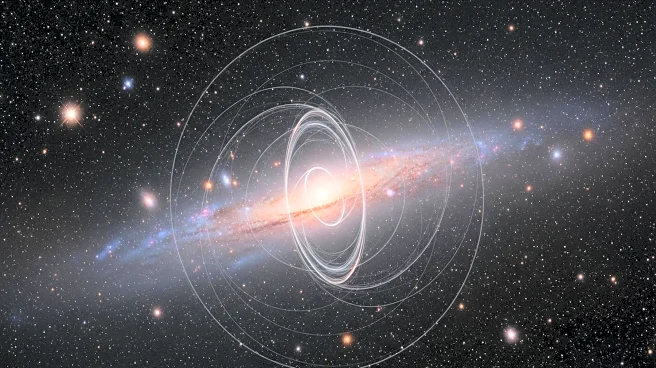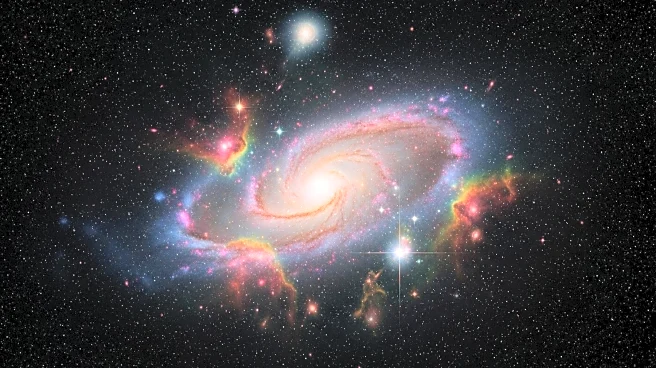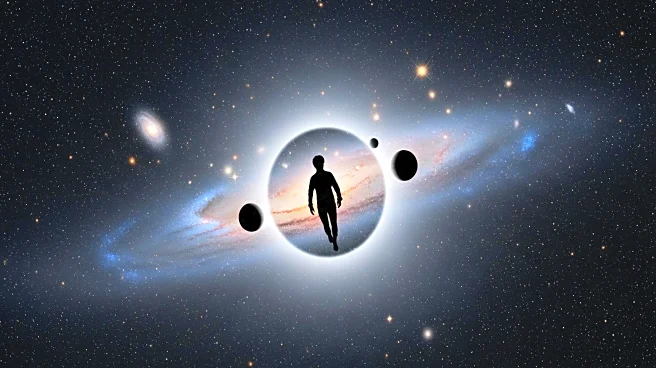What's Happening?
Globular clusters, dense star collections bound by gravity, are prominent features in the Milky Way's halo. Omega Centauri, the largest known globular cluster, contains approximately 10 million stars and is visible to the naked eye. M13, the Hercules Cluster, is another notable globular cluster, located about 26,000 light-years away. These clusters are readily observable through telescopes, offering visually striking details and patterns. The term 'globular cluster' was coined by astronomer William Herschel in 1782, and the Milky Way now has roughly 150 known clusters.
Why It's Important?
Globular clusters are some of the oldest structures in the universe, providing valuable insights into the formation and evolution of galaxies. Observing these clusters can enhance our understanding of stellar dynamics and the gravitational forces that bind them. The ability to resolve individual stars within these clusters offers a unique opportunity to study their composition and behavior, contributing to our knowledge of cosmic history and the lifecycle of stars.
Beyond the Headlines
The study of globular clusters also touches on broader themes in astronomy, such as the role of dark matter in galaxy formation and the potential for discovering new celestial phenomena. These clusters may hold clues to the processes that govern star formation and the interactions between stars and their environments. As technology advances, astronomers can explore these clusters in greater detail, potentially uncovering new aspects of the universe's structure.


